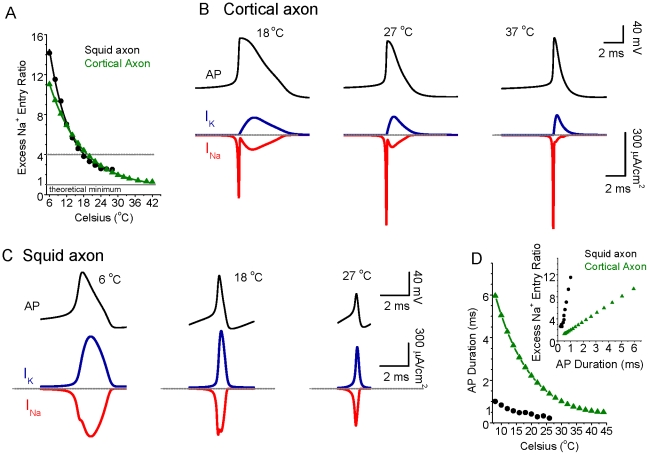Figure 1. The energy efficiency of action potential generation increases as temperature increases.
A. Na+ entry ratio (defined as a ratio of the total actual sodium entry to the minimal amount needed to generate an action potential, i.e., ∫INa(t)dt/(CmΔV), where INa(t) is the sodium current, Cm is membrane capacitance, ΔV is the change in voltage during the action potential) as a function of temperature. For both the HH simulation of the squid giant axon (DC injection 20×10−2 pA/µm2), and for a model of cortical pyramidal cell axons (DC injection 0.5×10−2 pA/µm2), increasing temperature strongly decreases the excess Na+ entry during action potential generation. At 18°C, this entry ratio is approximately 4 (dashed line), while at 37°C, this excess entry reaches 1.89 (HH, extrapolated) and 1.41 (cortical axon), which is close to the theoretical minimum. B. Top panel: the action potential of the cortical model neuron generated at 18, 27 and 37°C, respectively; Bottom panel: the corresponding Na+ and K+ currents during action potential generation for temperature at 18, 27 and 37°C, respectively. Note that there is substantial overlap of Na+ and K+ currents during action potential generation for 18°C, reduced overlap at 27°C and much less overlap at 37°C. The largely non-overlapping nature of the ionic currents at high temperature results in considerably lower excess Na+ entry ratio. Dashed lines indicate the peak of each action potential for reference. C. Top panel: the action potential of classical HH model neuron generated at 6, 18, and 27°C, respectively; Bottom panel: the corresponding Na+ and K+ currents during action potential generation for temperature at 6, 18, and 27°C, respectively. Notice that the overlap of Na+ and K+ currents during action potential generation is also reduced when temperature increases. D. The half-height spike duration decreases as a function of temperature increase for both classical HH neuronal model (black) and cortical neuronal model (green). Inset: The correlation between excess Na+ entry ratio and spike duration for both models. The large spike duration corresponds to a large Na+ entry ratio, indicating reduced energy efficiency.

